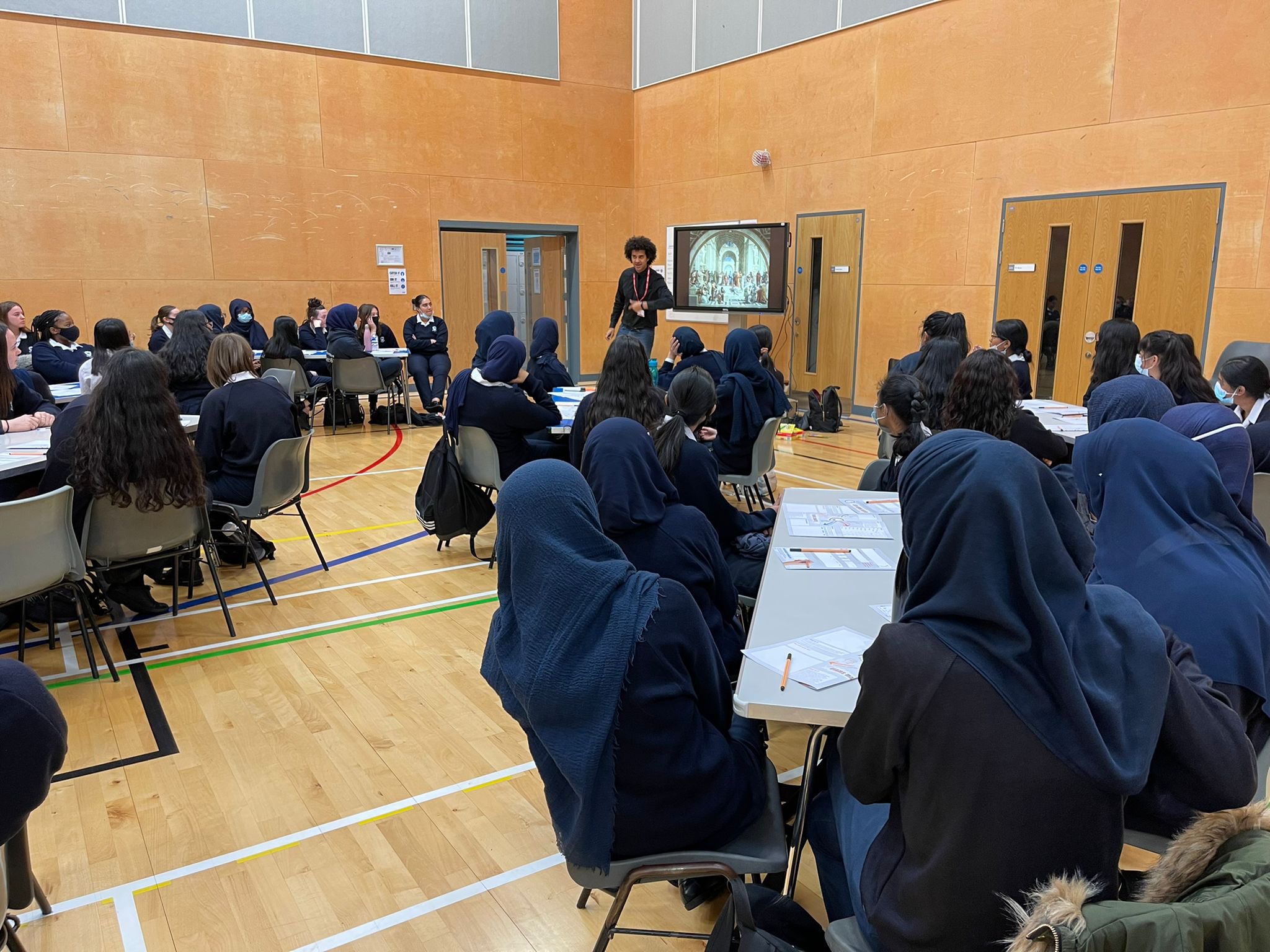Feedback is essential, but what is it?
Feedback; breakfast of champions! Everyone agrees that feedback is essential. Common sense and research have highlighted that formative assessment in the classroom, consisting of lots of feedback and opportunities to use it, enhances motivation and attainment. Studies have indicated that GCSE students can achieve a 0.5 grade increase per subject through the provision of quality feedback and the effects have been proven in both primary and secondary schools. However, many teachers struggle to understand the ideas and processes involved. To improve formative assessment practices among all those who work with young people, we need to look more closely at just what it is.
Feedback: What is it? And how can we use it?
The term ‘feedback’ is often used to describe all kinds of comments made after an experience, including praise and analysis. But, strictly speaking, it is information about how we are doing in our efforts to reach a goal. You teach a lesson with the goal of engaging students and imparting knowledge, and you observe that some students have their eyes fixed on you while others are falling asleep. After the lesson, a colleague discusses the effectiveness of the teaching and learning involved with you. Whether it is there to be grasped or is explicitly provided by another person, helpful feedback can be acted upon; the recipient of the feedback needs to be in a position to be able to affect change. It is the information sent to an individual about his or her behaviour so that the individual may adjust their current and future behaviour to achieve the desired result. The key differentiator is whether the individual is able use a stimulus to affect a positive response, or ‘change’.
Ramaprasad (1983) defines feedback as “Information about the gap between the actual level and the reference level of a system parameter which is used to alter the gap in some way”, emphasising that information by itself is not feedback unless translated into action. The purpose of feedback is to alter the gap between the actual student level and the standard level that is the objectives of the module.
Feedback: Positive or Negative?
It is often described in terms of positive and negative. And this is where a linguistic challenge arises for most people. It is easy to view positive feedback as reinforcing the things we do well, and negative as highlighting the things we are doing badly. For many, this comes across as praise or criticism. In fact, negative feedback is often the most powerful – it is through negative feedback that we can make the greatest advances. A more useful way of describing it is to view it as constructive or destructive. Simply; helpful or unhelpful. Helpful feedback has emotional resonance; it recognises the value of the individual and alerts them to an area in which their performance could improve. Through this type of feedback, motivation can be increased and actions can be taken to achieve the desired goals. Destructive or unhelpful feedback leads to diminished motivation and confusion around which actions to take. The question for the giver should be “is the recipient going to be able to understand it and act upon it?”.
How do we do it?
Effective feedback is specific, not general. For example say, “The essay that you handed in yesterday was well-written and used technical language very effectively.” Don’t say, “Good job.”
Useful feedback always focuses on a specific behaviour, not on a person or their intentions. “When you held a competing conversation during Lisa’s presentation, you distracted Jack and Ian sitting either side of you.”
The best is sincere and honest and designed to help. People will know if they are receiving it for any other reason.
Feedback that is requested is the most powerful. Ask permission to provide it. Say, “I’d like to give you some feedback on your essay, is that okay with you?”
It should not include advice until you have permission to give it or until it was requested. You are more likely to help the student change his or her behaviour if you adopt a coaching approach and ask the student what he or she might do differently as a result of hearing the it, rather than immediately telling them what to do or how to change.
Effective feedback involves what or how something was done, not why. Asking why is asking people about their motivation and that provokes defensiveness. Ask, “What happened? How can you prevent that outcome in the future? How can I help you in the future?”
People want to obtain more recognition; it feels good and builds self-esteem. Recognition for effective performance is a powerful motivator. Try to recognise the effort involved in the task, not just the outcome or result obtained.
“But I don’t have the time!”
Of course all teachers are incredibly busy. Many remark that “there’s no time for such feedback” however, “no time to give and use feedback” actually means “no time to stimulate learning.” Research shows that less teaching plus more feedback is the key to achieving more effective learning. And there are a variety of ways, via technology and peers, that students can receive the feedback they need. So try it out!
Made Training can help your staff to understand what constitutes effective feedback and to practise the techniques involved. Call us on 0800 270 7660


